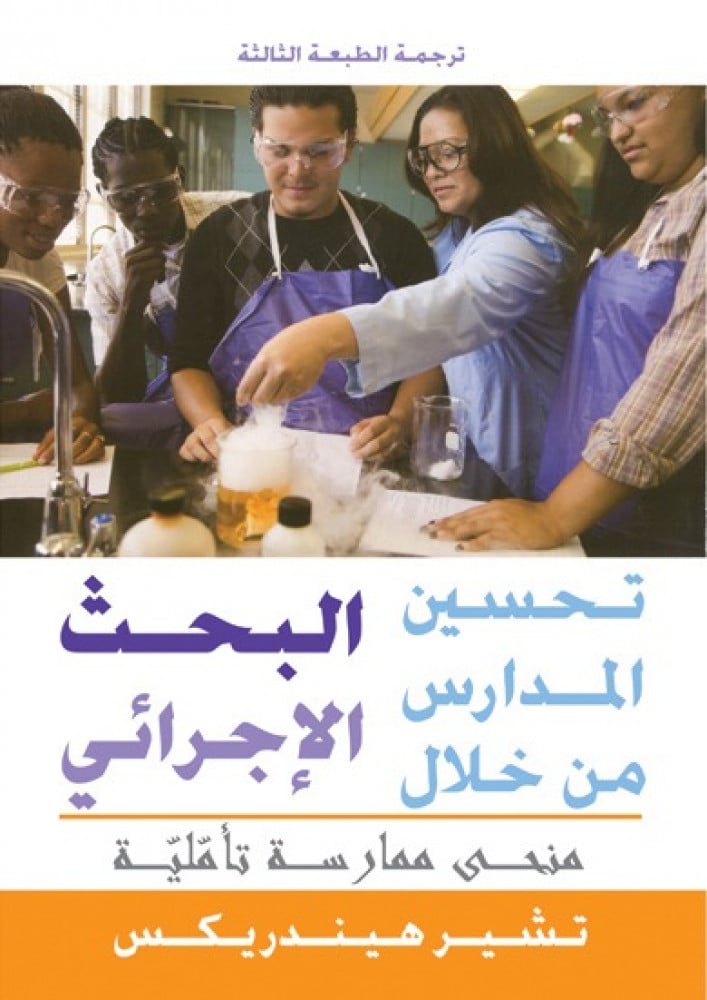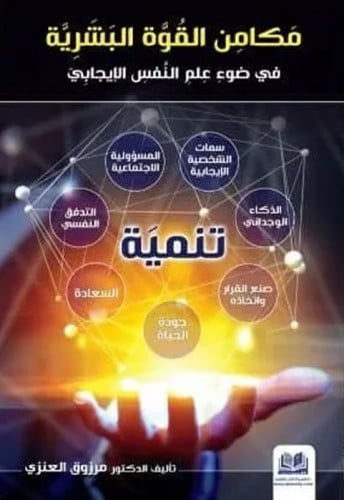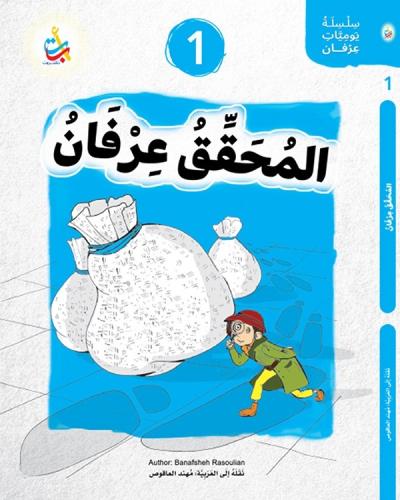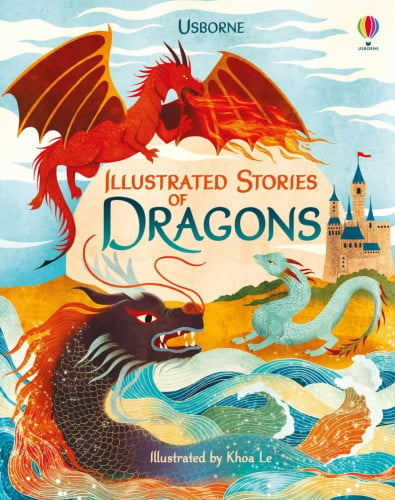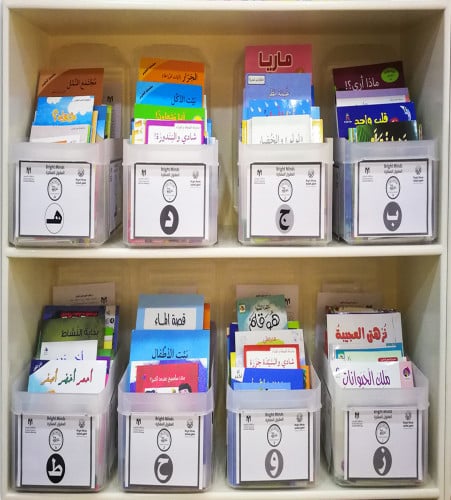AVAILABLE IN ARABIC
About This Book
Now keenly focused on educators engaging in thoughtful critical reflection while planning and conducting educational research, this brief, user-friendly text provides everything a pre-service or in-service educator needs to know in order to follow the research cycle and conduct an action research project from beginning through its completion.
The third edition has a sharpened focus from previous editions on utilizing reflection as the vehicle for action research. The author helps readers understand the role of reflection and reflective practice throughout the action research cycle. Emphasizing the reflective processes used in planning and conducting action research studies, data analysis techniques (quantitative and qualitative), and displaying and explaining results, Hendricks' revised text provides specific and practicable information for completing each step of the action research cycle in a precise and thoughtful manner.
Features
Among the changes and additions to the third edition, the text now presents a sharper focus on reflection in the action research cycle--including new reflection activities in every chapter. The book now places a greater emphasis on working with a critical friend or colleague throughout the action research process. And the text also incorporates updated and new online and professional resources, a more detailed explanation of how to analyze and interpret qualitative data, and instructions on formatting the research paper using the latest APA Guidelines.
• Be empowered by a detailed discussion of how conducting action research can professionalize teaching. Highlighted in Chapter 2.
• Engage in a deep, on-going reflection process in order to connect thinking, understanding, and doing to the action research cycle. See Chapter 2-7.
• Move away from the solitary nature of K-12 teaching and connect with a trusted colleague by engaging in critical reflection. The third edition emphasizes the benefit of working with a “critical friend” throughout the action research process as a way to stimulate reflective and reflexive thinking, to challenge assumptions, and to discuss and confront biases in a safe, trusting environment. Featured in Chapters 2-7.
• Be aided through the reflective inquiry approach in the third edition with new Time to Reflect activities. See Chapters 3-7, and Chapter 4 for sample activities.
• Learn how to work with and analyze qualitative research, including the processes of compiling, disassembling, reassembling, and interpreting data utilizing thematic analysis. Included in Chapter 7.
• Avoid the most commonly made mistakes in formatting a research paper with new instructions using the latest APA guidelines (6th edition). Found primarily in Chapter 8; also see Chapter 3.
• Learn how to analyze various forms of data from the in-depth treatment of data collection and data analysis. Coverage includes information on qualitative data, student work samples, observations, and interview, and also instructs readers on how to write and graphically display results for maximum effect. Chapters 5 and 7 feature this content.
• Connect with the content regardless of your professional role; the author has included examples from a wide-range of educational positions including principals, teachers, and counselors, to name a few. In all chapters.
New to this Edition
Among the changes and additions to the third edition, the text now presents a sharper focus on reflection in the action research cycle--including new reflection activities in every chapter. The book now places a greater emphasis on working with a critical friend or colleague throughout the action research process. And the text also incorporates updated and new online and professional resources, a more detailed explanation of how to analyze and interpret qualitative data, and instructions on formatting the research paper using the latest APA Guidelines.
• Be empowered by a detailed discussion of how conducting action research can professionalize teaching. Highlighted in Chapter 2.
• Engage in a deep, on-going reflection process in order to connect thinking, understanding, and doing to the action research cycle. See Chapter 2-7.
• Move away from the solitary nature of K-12 teaching and connect with a trusted colleague by engaging in critical reflection. The third edition emphasizes the benefit of working with a “critical friend” throughout the action research process as a way to stimulate reflective and reflexive thinking, to challenge assumptions, and to discuss and confront biases in a safe, trusting environment. Featured in Chapters 2-7.
• Be aided through the reflective inquiry approach in the third edition with new Time to Reflect activities. See Chapters 3-7, and Chapter 4 for sample activities.
• Learn how to work with and analyze qualitative research, including the processes of compiling, disassembling, reassembling, and interpreting data utilizing thematic analysis. Included in Chapter 7.
• Avoid the most commonly made mistakes in formatting a research paper with new instructions using the latest APA guidelines (6th edition). Found primarily in Chapter 8; also see Chapter 3.
• Learn how to analyze various forms of data from the in-depth treatment of data collection and data analysis. Coverage includes information on qualitative data, student work samples, observations, and interview, and also instructs readers on how to write and graphically display results for maximum effect. Chapters 5 and 7 feature this content.
• Connect with the content regardless of your professional role; the author has included examples from a wide-range of educational positions including principals, teachers, and counselors, to name a few. In all chapters.
Topics : Professional Learning Community
Table Of Content
Chapter 1: RESEARCH METHODS IN EDUCATION
Ways Research Advances Knowledge About Education
Quantitative Research
Qualitative Research
Action Research
- ACTIVITY 1.1 Comparison of Articles on Cooperative Learning
The Origin of Action Research
The Action Research Process
Types of Action Research
The Importance of Action Research for Improving Schools
Becoming Familiar with the Language and Process of Action Research
- ACTIVITY 1.2 Reading Action Research Studies
Summary
Additional Reading Materials
Action Research Resources
Chapter 2: GENERATING RESEARCH IDEAS THROUGH EFLECTION
The History of Reflection in Education
Reflection in Action Research
- ACTIVITY 2.1 Engaging in Reflexive Inquiry as a Way to Know Yourself as
an Educator
Reflecting to Identify a Research Focus
Reflective Journals
Reflecting with a Critical Friend
- ACTIVITY 2.2 Reflecting to Identify a Research Focus
Summary
Chapter 3: CONNECTING THEORY AND ACTION: REVIEWING THE LITERATURE
Reviewing Literature as a Professional, Intellectual Activity
Sources of Topic-Specific Literature
Searching for Literature to Review
ERIC
ProQuest
EBSCOhost
Documents Not Available Full-Text
Choosing, Evaluating, and Synthesizing Reviewed Literature for Action Research Studies
Choosing Literature
Evaluating Literature
Synthesizing Literature
Organizing and Writing the Literature Review
- ACTIVITY 3.1 Reviewing the Literature
Summary
Chapter 4: INITIAL PLANNING OF THE ACTION RESEARCH STUDY
Articulating Research Questions
- ACTIVITY 4.1 Articulating Research Questions
Planning the Intervention
Participants
Collaboration
Ethical Guidelines for Action Research Studies
- ACTIVITY 4.2 Planning the Intervention
- ACTIVITY 4.3 Gaining Informed Consent
Summary
Chapter 5: STRATEGIES FOR COLLECTING DATA
Collecting Multiple Forms of Data to Establish Credibility and Validity
Methods of Data Collection: Artifacts, Observational Data, and Inquiry Data
Artifacts
Observational Data
Inquiry Data
The Importance of Collecting Baseline Data
Aligning Data Collection Strategies with Research Questions
- ACTIVITY 5.1 Choosing Data Collection Strategies
Summary
Chapter 6: FINAL PLANNING BEFORE IMPLEMENTATION OF THE STUDY
Definitions of Validity
Determining Ways to Increase Validity
- ACTIVITY 6.1 Creating a Plan for Increasing Validity
Engaging in Continuous, Ongoing Reflective Planning Throughout the Study
Creating a Timeline for the Project
- ACTIVITY 6.2 Ongoing Reflective Planning and Creating a Timeline
Summary
Chapter 7: STRATEGIES FOR DATA ANALYSIS
Interim Data Analysis
Using Software Packages to Analyze Large Amounts of Data
Analysis of Quantitative Data: Reporting, Comparing, and Displaying
Tests
Closed-Ended Items
Checklists and Tally Sheets
Computer-Generated Reports and School Records
Analysis of Qualitative Data: Looking for Themes and Patterns
- ACTIVITY 7.1 Analysis of Quantitative Data
Interviews, Focus Groups, and Conferences
Observational Records and Field Notes
Documents and Journals
Open-Ended Items (Surveys, Scales, Self-Assessments, Peer Reviews)
- ACTIVITY 7.2 Analysis of Qualitative Data
Triangulating Data Sources and Drawing Conclusions from Data
- ACTIVITY 7.3 Answering Research Questions and Reaching
Conclusions
Summary
Chapter 8: WRITING AND DISSEMINATING THE ACTION RESEARCH REPORT
Guidelines for Writing the Final Action Research Report
Paper Format
Content Format
Disseminating Action Research Findings
Other Ways to Write Up Research
Concluding Comments
References
Index
About the Authors
Cher Hendricks:

Cher Hendricks is a research scientist at Georgia Institute of Technology in the Center for Education Integrating Science, Math, and Computing (CEISMC). The focus of her work is on science, technology, engineering, and mathematics (STEM) research at the K-12 and post-secondary levels. Prior to her work with Georgia Tech, Cher was an associate professor of educational research and worked with masters, specialist, and doctoral students facilitating their action research projects. Prior to that, she was a teacher of students with disabilities in both inner city Houston and on a barrier island in South Carolina.
ISBN: 978603863097--6
Author: Cher Hendricks
Publisher: Educational Book House
Publish Year: 2014
Size: 17*24cm
Pages number: 260

